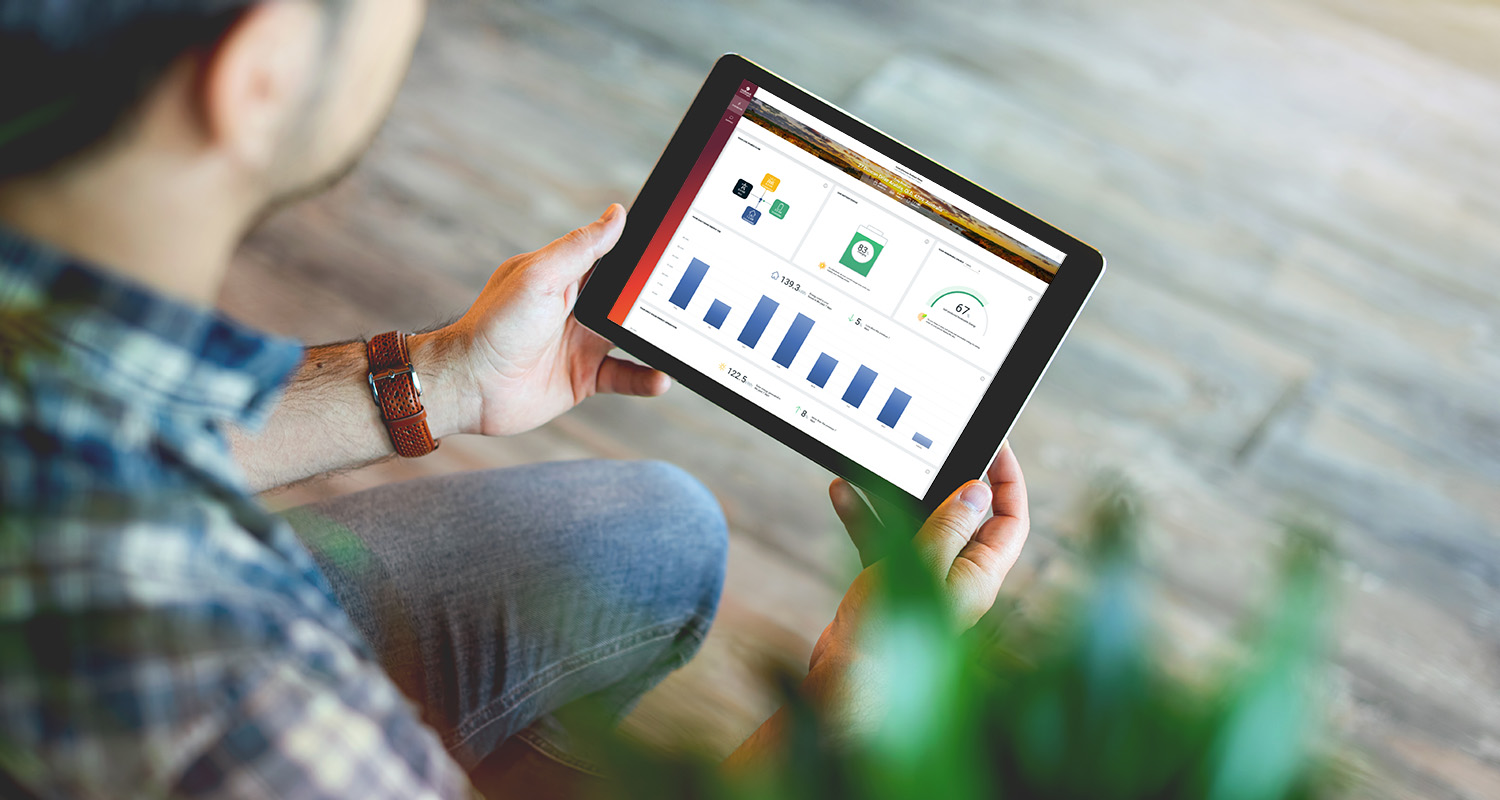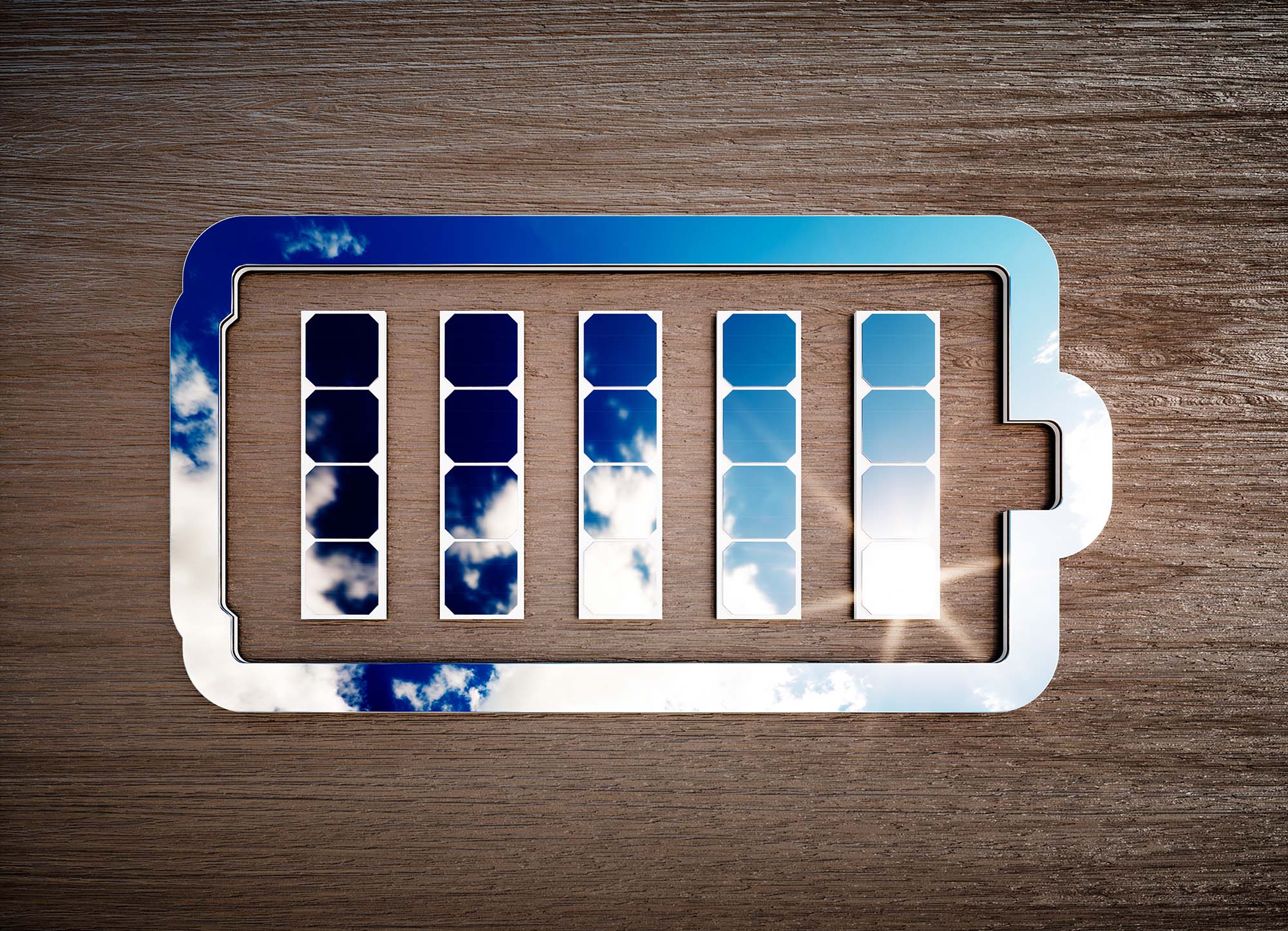What size solar battery do I need?
So, you’ve done your research and decided to invest in a solar battery – a fantastic step toward future-proofing your house with self-sufficiency, clean power, and cheaper electricity bills.
Purchasing a battery is a big decision and you want to make sure you make the right choice – especially when we’re talking about battery size. At Redback, we get it. It’s difficult to know what battery will work best for your home and your lifestyle.
We always recommend talking with an accredited installer in your area, as they’re fully trained to look at all your individual needs and advise on the correct sized system. But if you want to go into this conversation feeling a bit more comfortable, read on.

Why does size matter?
Home battery storage can help to free you from an ageing energy grid. By storing the excess solar energy generated by your rooftop panels, your home can be powered by the clean energy you produced earlier in the day after the sun goes down.
You can only use the amount of power your home battery can physically store, so the size of your system is important to maximise its benefits. If your battery storage is too large, your existing solar system may not be able to fully charge it. On the other hand, if your storage is too small, you may find that you are still relying on the grid for your energy needs.
It’s also important to know that the advertised capacity of a battery isn’t the amount of storage able to be used, as a home battery should never be fully discharged. Most battery systems have a ‘minimum state of charge’, which is the amount that must always be left in the battery, which is usually between 10-20%. Depending on the manufacturer, the advertised capacity may or may not include this ‘depth of discharge’.
When deciding how much battery storage to invest in, think about the answers to the following questions:
1. How much power does your home use?
The amount of electricity your home uses per day is important data to understand.
The typical Australian home (based on a family of 4) uses 15-20kWh per day, although all households will vary in their overall usage. Factors such as the number of occupants, how many appliances you have that use large amounts of power, or if you have a pool all affect energy usage. In some cases, consumption could hit 30-40kWh per day.
If you already have a solar system, it’s likely that you have some sort of system monitoring app or portal that allows you to track your daily solar power generation and your consumption. Homes without existing solar can easily determine how much electricity your home uses by checking a recent electricity bill, which usually displays an ‘average daily use’ number in kWh.
Plus, homes that actively increase their energy efficiency (by using LED lightbulbs or improving insulation, etc.) are going to use less electricity – meaning you could save even more money and purchase far less power from the grid.

2. How much power does your solar system generate?
If you already have rooftop solar, it’s important to understand how much energy your system creates daily. This gives you a good foundation for how much battery storage you could reasonably make use of.
Or if you don’t have solar yet, keep in mind that the larger the solar system you purchase, the more energy you may be able to generate during the day and the larger your potential battery storage capacity can be. Plus, installing solar and battery storage at the same time can lead to a cleaner, tidier install, with a more efficient system.
By subtracting your average daily usage from your average solar power generation, you can get an understanding of how much left-over power you might have to store in a battery.
3. Where do you live?
There are a few geographical factors to consider before purchasing a home battery:
- Feed-in tariffs. Different parts of Australia have different feed-in tariffs (the money you make from feeding your excess solar-generated power back to the grid) depending on their energy supplier.
- The direction your solar panels are facing. In Australia, north facing panels are generally considered the most effective at maximising direct sunlight and creating solar energy. This being said, as technology improves, panels facing both east and west are still 85% efficient in solar production.
- Battery rebates. Several Australian states and territories have rebates that may be applicable to your purchase. Head here to find out more.

4. Why are you investing in battery storage?
A huge influencing factor on how much battery storage to invest in is understanding what you’re looking to get out of it. If you require blackout protection, you may be interested in sizing up your battery, so you can store more energy if needed.
Are you looking to make the most of your self-generated power? Sizing your storage in accordance with your generation and energy usage will help you get the right amount of storage without over or under paying.
5. What’s your budget?
Whilst budget is of course important, it’s often not the best way to choose your battery system. It’s better to look at your needs, how much solar you’re generating and whether the battery is big enough to meet your expectations.
Making a purchasing decision based on cost alone may result in a system thats size is unsuitable and will not do what you need.
In essence, don’t be sold a battery based on price or advertised specials as it might not be the right one for you.

If you have thought through the above questions but are still unsure how much battery storage is right for you, give this a try. Look at your energy consumption at night, as this is when you’ll most be relying on your battery to power your home. The rule of thumb for a household with minimal daytime occupancy is a 70/30 split, with 70% of energy consumption happening at night and 30% during the day when most people are not at home.
Grab your latest power bill and check your average daily usage. 70 per cent of this number is roughly what the battery will have to do to meet your energy deficit.
For example, if your average daily energy consumption is 18kWh a day, when factoring a battery’s minimum state of charge a 14kWh battery system should give you enough storage to power your home most evenings and nights.

